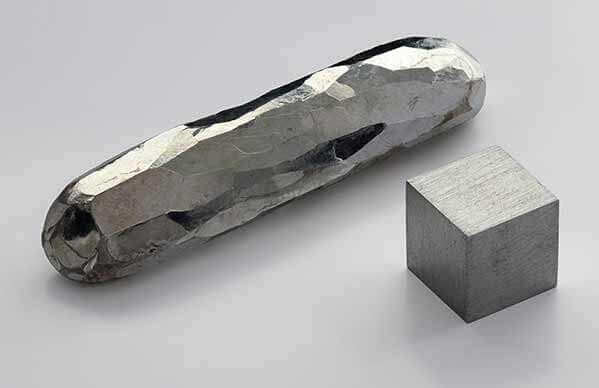Cadmium
What is Cadmium?
Cadmium is a natural element found in tiny amounts in air, water, soil, and food. All soils and rocks, including coal and mineral fertilizers, contain some cadmium. Most cadmium used in the United States is extracted during the production of other metals such as zinc, lead, and copper. Cadmium does not corrode easily and has been used to manufacture batteries, pigments, metal coatings, and plastics.
How are people exposed to cadmium?
Exposure to cadmium occurs mostly in workplaces where cadmium products are made. The major routes of occupational exposure are inhalation of dust and fumes and incidental ingestion of dust from contaminated hands, cigarettes, or food.
The general population is exposed to cadmium by breathing tobacco smoke or eating cadmium-contaminated foods, which is the major source of cadmium exposure for nonsmokers. The expanding nickel–cadmium (NiCd) battery recycling industry is also a potential source for exposure.
Which cancers are associated with exposure to cadmium?
Occupational exposure to various cadmium compounds is associated with an increased risk of lung cancer.
How can exposures be reduced?
Dispose of nickel–cadmium batteries properly, and do not allow children to play with these batteries. Avoid tobacco smoke. If you work with cadmium, use all recommended safety precautions to avoid carrying cadmium-containing dust home from work on your clothing, skin, hair, or tools. The U.S. Occupational Safety & Health Administration has more information about controlling exposures to cadmium.
Selected References:
- Agency for Toxic Substances and Disease Registry. Toxic Substances Portal - Cadmium. Atlanta, GA: Centers for Disease Control and Prevention, 2014. Available online. Last accessed February 1, 2019.
- National Institute of Occupational Safety and Health. Cadmium Dust, NIOSH Pocket Guide to Chemical Hazards. Atlanta, GA: Centers for Disease Control and Prevention, 2010. Available online. Last accessed February 1, 2019.
- National Toxicology Program. Cadmium and Cadmium Compounds, Report on Carcinogens, Fifteenth Edition. Triangle Park, NC: National Institute of Environmental Health and Safety, 2021. Available online. Last accessed December 5, 2022.
- U.S. Environmental Protection Agency. Basic Information about Cadmium in Drinking Water. Washington, DC: U.S. Environmental Protection Agency, 2013. Available online. Last accessed December 18, 2014.
